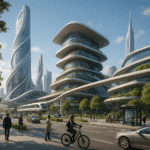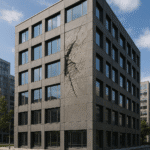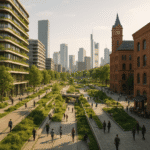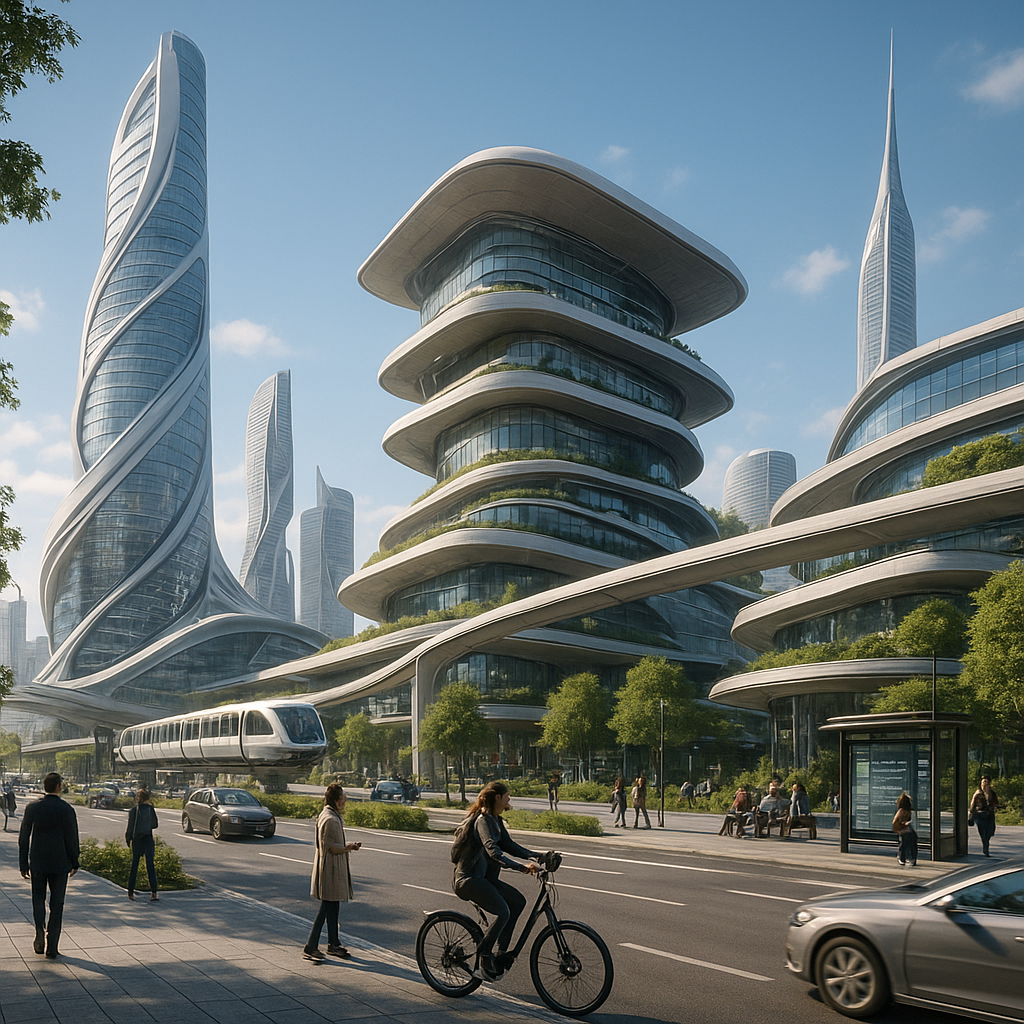Futuristic architecture is not just about sleek designs and cutting-edge technology; it also encompasses the vital task of cultural preservation. As architects and designers look towards the future, they are increasingly tasked with the challenge of integrating cultural heritage into modern structures. This article explores how futuristic architecture can serve as a bridge between the past and the future, ensuring that cultural identity is preserved even as we innovate and evolve.
The Intersection of Technology and Tradition
In the realm of futuristic architecture, the integration of technology and tradition is a delicate balancing act. Architects are now leveraging advanced technologies to create buildings that are not only aesthetically pleasing but also culturally significant. This involves using digital tools to map and preserve historical sites, employing sustainable materials that reflect traditional practices, and designing structures that resonate with the cultural narratives of their locations.
One of the most compelling examples of this intersection is the use of 3D printing technology to recreate ancient architectural elements. This allows for the restoration of historical sites with precision and respect for the original craftsmanship. By using technology to replicate traditional designs, architects can ensure that cultural heritage is not lost in the face of modernization.
Moreover, the incorporation of smart technology in buildings can enhance the cultural experience for inhabitants and visitors. Interactive displays, augmented reality, and virtual reality can provide educational insights into the cultural significance of a building, offering a deeper understanding of its historical context. This fusion of technology and tradition not only preserves cultural heritage but also makes it accessible to a global audience.
Designing for Cultural Identity
Futuristic architecture also plays a crucial role in reinforcing cultural identity. In a rapidly globalizing world, maintaining a sense of cultural uniqueness is more important than ever. Architects are increasingly tasked with designing buildings that reflect the cultural identity of their communities, serving as symbols of local heritage and pride.
One approach to achieving this is through the use of vernacular architecture, which draws inspiration from local building traditions and materials. By incorporating elements such as traditional motifs, colors, and forms, architects can create structures that resonate with the cultural identity of their surroundings. This not only preserves cultural heritage but also fosters a sense of belonging and continuity within the community.
Furthermore, the concept of biophilic design, which emphasizes the connection between humans and nature, can be used to reflect cultural values and practices. By integrating natural elements into architectural designs, architects can create spaces that honor the cultural significance of the natural environment. This approach not only enhances the aesthetic appeal of a building but also promotes sustainability and well-being.
In conclusion, futuristic architecture offers a unique opportunity to preserve and celebrate cultural heritage. By embracing technology and tradition, architects can create buildings that serve as cultural landmarks, bridging the gap between the past and the future. As we continue to innovate and evolve, it is essential to remember the importance of cultural preservation in shaping our built environment.










